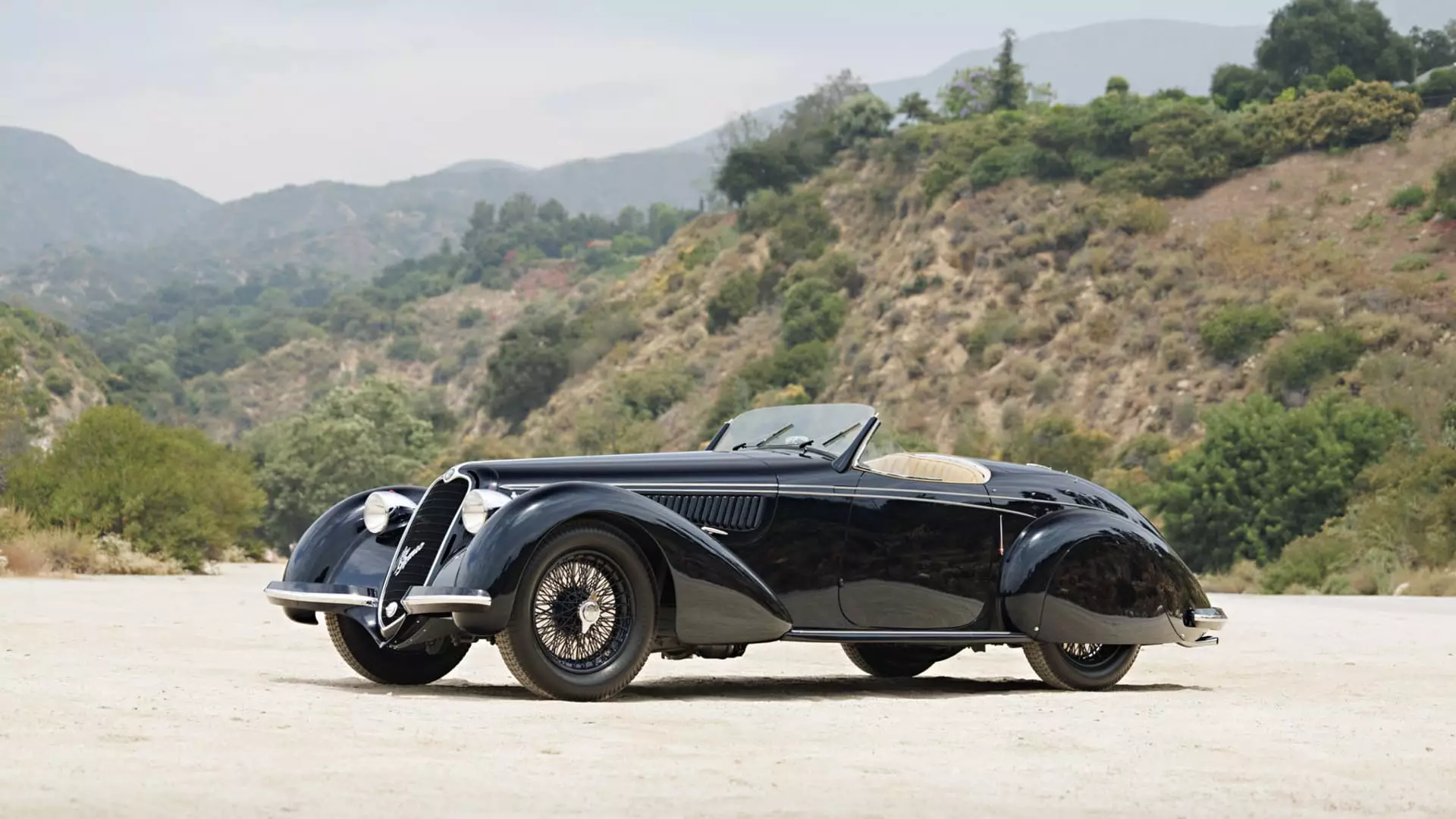The recent auction sales during Monterey Car Week have raised some eyebrows as they fell 3% from last year. This drop can be attributed to a shift from older to newer cars, which has resulted in a pileup of unsold classics from the 1950s and 1960s. Total sales at this year’s five car auctioneers in Monterey, including RM Sotheby’s, Broad Arrow, Gooding & Company, Mecum, and Bonhams, amounted to $391.6 million, down from $403 million in 2023. The decrease in sales follows a 14% decline from the peak of 2022. Out of the 1,143 cars that were up for sale, only 821 were sold, resulting in a 72% sell-through rate. The average sale price was $476,965, slightly lower than last year’s average of $477,866.
Wealthy collectors, who still have significant funds to spend, seem to be gravitating towards newer cars as opposed to classic cars from the past. According to experts, the oversaturation of similar classic cars at numerous auctions has led to weaker prices and sales. Simon Kidston, a leading advisor to wealthy car collectors, highlighted the lack of variety and innovation in the auctions, emphasizing the need for differentiation to attract potential buyers. Additionally, the influx of classic cars from the 1950s and 1960s that once dominated the market is struggling to find buyers, especially among younger collectors from Gen X and millennials.
The emergence of a new generation of collectors, particularly Gen Xers and millennials, has steered the market towards cars from the 1980s, 1990s, and 2000s. These younger collectors have shown a preference for more modern vehicles, leading to a decline in interest for classic cars from previous eras. The sell-through rate for pre-1981 cars priced at $1 million or more was a mere 52%, indicating a shift in consumer preferences towards newer models. On the contrary, cars less than 4 years old boasted a stronger sell-through rate of 73%, confirming the influence of young collectors on the market.
The changing landscape of classic car auctions has been further accentuated by the performance disparity between older and newer cars. Hagerty’s Supercar Index, which tracks sports cars from the 1980s to the 2000s, has seen a substantial increase of over 60% since 2019. In contrast, the Blue Chip Index, focusing on 1950s and 1960s classics like Corvettes, Ferraris, and Jaguars, has experienced a 3% decline. While rare masterpieces still command high prices, the overall market trend suggests a decline in interest for older classic cars. With many older collectors either selling off or downsizing their collections, the classic car market is poised for a long-term price adjustment.
Several factors are contributing to the current state of the classic car market, including shifting consumer preferences, the emergence of a new generation of collectors, and high-interest rates. The availability of financing at the lower end of the market had previously incentivized buyers to invest in classic cars. However, rising interest rates have raised the opportunity cost of purchasing a classic car, prompting potential buyers to reconsider their investment decisions. The allure of earning higher returns through alternative investments has caused some collectors to reevaluate the long-term value proposition of classic cars. As a result, the classic car market is undergoing a period of reassessment and transformation as it adapts to evolving consumer trends and economic conditions.

Leave a Reply